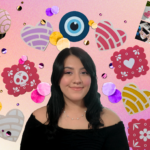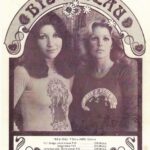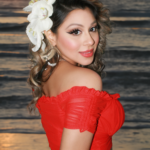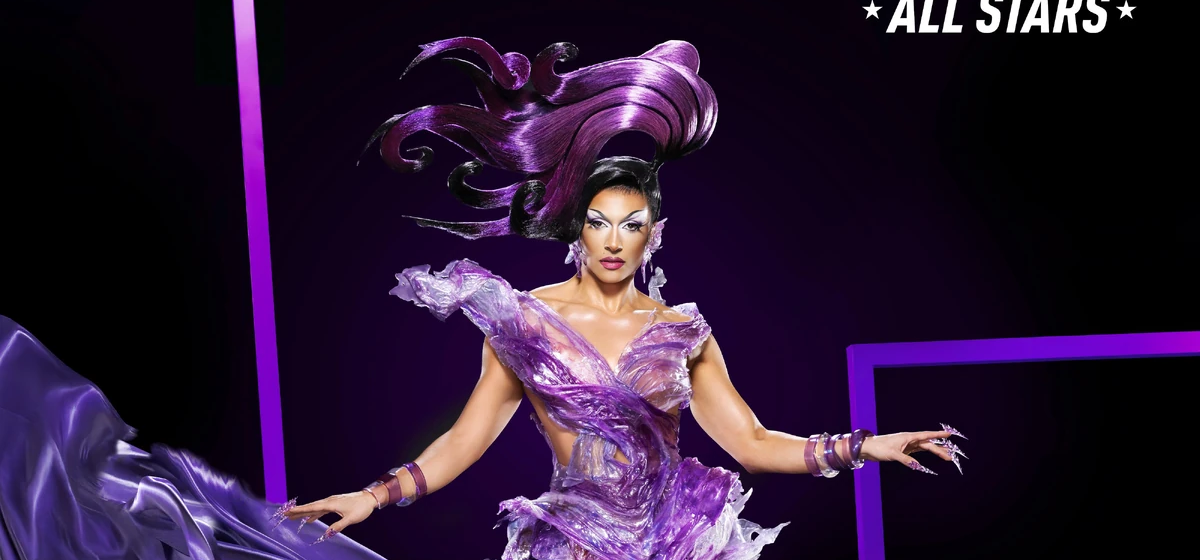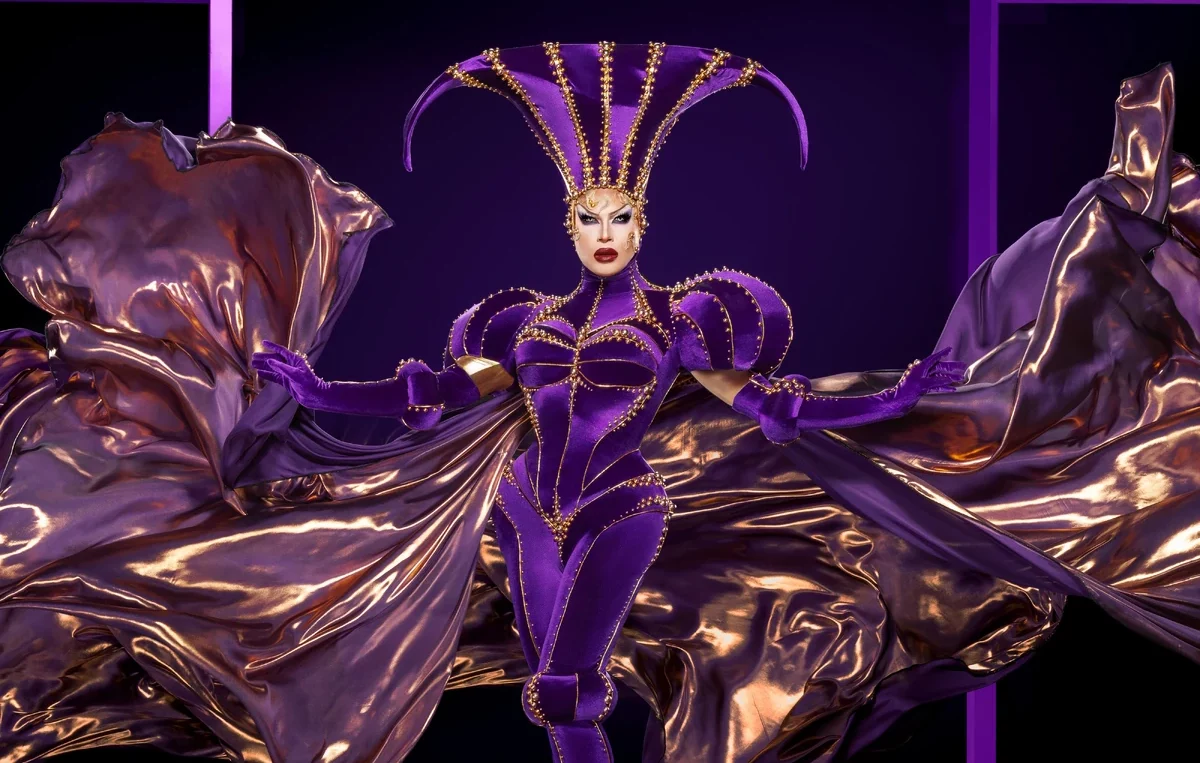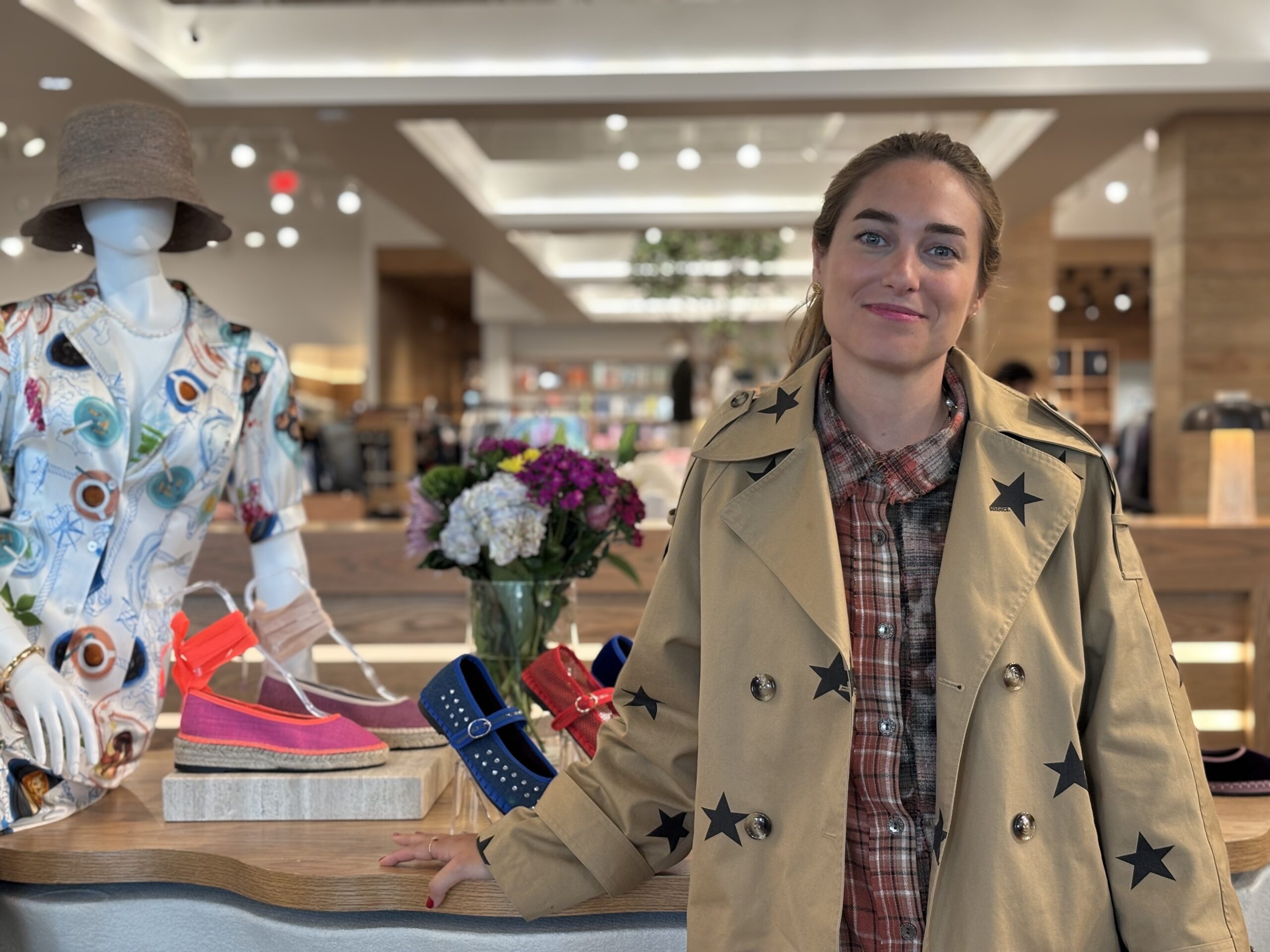I had the privilege of speaking with Steph Littlebird, an inspiring artist from the Pacific Northwest. Littlebird is an illustrator, painter, curator, writer, and Etsy shop owner. Through these mediums, Littlebird is raising public awareness about Indigenous histories and Indigenous communities throughout the United States. Her art is also a medium for advocating for Indigenous rights.
Speaking on her journey of discovering art, Littlebird recalled art as being a foundational presence in her life since she was a young child. One of her earliest core memories is going through coloring books with her mother. Memories like this have always informed Littlebird’s work and artistic style. As she grew older, art became a powerful mode of expression, as well as a way to, “work through trauma.”
“I started using art as a way to heal myself and work through things that are hard to express in words. Then, I realized that I could probably help other people feel better. I could translate that feeling of being uplifted, feeling positive about myself and my community, my culture. I could do that through my art. And so that has been my purpose throughout my adult career as an artist, to represent my community and tell the truth about our history, but also uplift the generations that are coming after me, and also the ones that have come before me.”
Regarding her artistic style, Littlebird explained that her illustrations and paintings contain a plethora of geometric patterns and vibrant colors. She describes her, “work as a combination of traditional aesthetics with contemporary materials,” the traditional aesthetics being, “foundational elements of Indigenous artwork” from Littlebird’s tribe.
“Color is a big way that I play with peoples’ perceptions of Indigenous artwork. People expect us to use earth tones a lot, and they expect us to conform to these aesthetics that look old. And I don’t really like that. I like to use bright colors. And if you’ve ever been to a contemporary powwow, you’ll see these bright neon colors all over our regalia now. And so it’s very much a reference to contemporary Indigenous culture.”
Littlebird talked about how in art school her teachers wanted her to stop using such bright colors in her artwork. But she, “just refused to,” and does not regret resisting external pressures that worked to sway her unique artistic expression. This aligns with the advice that Littlebird offered aspiring artists: “Don’t listen to anyone who tells you that your work isn’t important,” or that it needs to adhere to certain rules for that matter.
“You make that art and you make it with as much passion and conviction as you have and just keep going.”
As mentioned, Littlebird works in multiple art mediums. I asked her about the discovery of these forms, and how she has been able to synthesize different modes like writing and illustrating in order to represent Indigenous communities and tell their stories. Littlebird explained that image-making was the art form that came earliest and most naturally for her. As life went on, however, Littlebird dove into other modes of expression, such as writing.
“When I learned how to combine my writing and my images together, that’s when I became more powerful as a communicator. And I just love the way they inform each other.”
Littlebird also shared, “I’m [a] late diagnosed autistic and so for a long time I didn’t know why it was so hard for me to communicate verbally or in written ways. It’s because of my autism and I had to really learn to do that as an adult because I was undiagnosed until very recently.”
As Littlebird continues to explore these various art forms, she hopes to combine her writing and illustrating into a children’s book later this year. For the time being, Littlebird is always diving deeper into her art and discovering new methods of expression. For example, she shared that she learned calligraphy all throughout high school. These calligraphy lessons have informed her combination of art mediums in the present, such as in the use of, “language more intentionally” within her image-making.
While writing and image-making are two central ways in which Littlebird represents and uplifts Indigenous communities, she has also done a lot of work in recent years regarding curatorial projects. One such project is “This IS Kalapuyan Land”, Littlebird’s first-ever exhibition which garnered national attention. Littlebird reflected, “When I got to do that project, it really expanded my own idea of what is possible. That show was really the turning point for me in my career as an artist and as a curator.”
“This IS Kalapuyan Land” is, “a combination of history and art. It’s not just one or the other, and that helps people make all of these connections about our community because we have been erased. These museums continue to reaffirm these stereotypical narratives about us being extinct, and not showing the resilience of our community now. And so that was a huge part of that show, and I think what made it a success, the idea that artwork is a reminder that you’re looking at the history of these people, but also remember that we’re still here. A lot of people think that we don’t exist anymore.”
Regarding the institutional perpetuation of stereotypical narratives about Indigenous communities, Littlebird is referring to the “exhibition about Kalapuyan people put forth by the Washington County Museum in 2008, titled This Kalapuya Land,” which was rife with errors. To correct these errors and historical inaccuracies, part of Littlebird’s process included physically annotating and editing “panels from the museum’s prior exhibit on Kalapuyan peoples”. To challenge the stereotypical narratives about Indigenous communities and Indigenous art in exhibitions like “This Kalapuya Land,” Littlebird included, “contemporary Native artwork into” “This IS Kalapuyan Land”.
About “This IS Kalapuyan Land” Littlebird said, “It was this way for me to start a conversation, not just about Indigenous culture right now or our past, but also about how museums and institutions of art replicate stereotypes about Indigenous people and their exhibitions. In ‘This IS Kalapuyan Land,’ I got to take the museum exhibition home with me and I lived with them for a month and a half. I would basically just go each day and read them and really think about the language that was being used because this exhibition was made with money from my tribe. But the museum didn’t consult the tribe. They got a grant from us, but then they made it without really talking to us about its accuracy. And it had a lot of errors in it, so I got to work with our tribal historian to correct those errors.”
You can go see “This IS Kalapuyan Land” now, which is currently located at Pittock Mansion in Portland, Oregon. A digitized account of the original “This IS Kalapuyan Land” exhibition from 2019 is also available for viewing on the Five Oaks Museum website.
Of course, Littlebird has had other curatorial projects. “All of these, again, are opportunities for me to uplift my community. And so in each instance of curation, my favorite part is getting to share all of these new Indigenous artists with other people, because Native art is so amazing. You have to reevaluate your perceptions of Indigenous art when you come to my shows.”
Alongside curatorial projects, writing, image-making, and more, Littlebird also has an Etsy shop that readers can check out and support. Littlebird’s shop features a plethora of unique stickers and artwork, many of which hold statements like “Land Back,” “‘Land Back’ is a… worldwide Indigenous movement, not just American. It’s this concept of returning the land to Indigenous stewardship.”
Littlebird takes terms like this and incorporates them into what’s available on her Etsy shop. She does this to offer products, “that Indigenous people identify with. And there’s demand for it, a representation that we have lacked for so long that we just didn’t have access to.” Littlebird is also intentional about keeping her shop fairly priced. She said, “as an artist, I have always wanted my work to be accessible to my community.”
As for recent news, just on March 21st, Littlebird’s latest work, “My Powerful Hair,” was published. “My Powerful Hair” is a children’s book written by Carole Lindstrom and illustrated by Steph Littlebird. Lindstrom is the New York Times bestselling author of “We Are Water Protectors”.
Littlebird explained that “My Powerful Hair” is about a girl, “the grandchild of an Indian boarding school survivor and her learning the power of her hair. Because in Indian boarding schools, Native children had their hair cut off.” Because her mother and grandmother were denied the ability to grow their hair long, the young protagonist of “My Powerful Hair” embarks on a journey of growing, loving, and embracing her long locks. The histories and effects of Indian boarding schools discussed in “My Powerful Hair” is something addressed in “This IS Kalapuyan Land” as well.
Such interconnectedness is the beauty of Steph Littlebird’s revolutionary art. All things — her curatorial work, her writing, her image-making — are interwoven and in conversation with each other. And all her work comes together to represent Indigenous histories and uplift Indigenous communities in the present and future.
Sources:
Steph Littlebird: https://www.stephlittlebird.com/
Oregon ArtsWatch: https://www.orartswatch.org/?s=Steph+Littlebird
Pittock Mansion: https://pittockmansion.org/events/
Five Oaks Museum: https://fiveoaksmuseum.org/exhibit/this-is-kalapuyan-land/
Steph Littlebird: https://www.stephlittlebird.com/stephlittlebirdcurator
Etsy: https://www.etsy.com/shop/StephLittlebird
GoodReads: https://www.goodreads.com/book/show/61783765-my-powerful-hair
GoodReads: https://www.goodreads.com/pt/book/show/44581496-we-are-water-protectors

